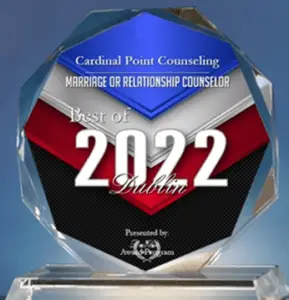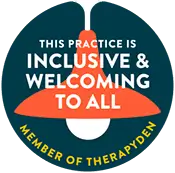The 5 Love Languages are detailed in a book by the same title by Gary Chapman (Chapman, 2015). The current cost for the paperback is $7.57 on Amazon. Chapman found that there are five principal ways couples give and receive love. Couples typically do not have the same top two love languages, which can both make showing and receiving love challenging but also rewarding. Those with the same love languages may have an easier time understanding each other, while those with different love languages may bring more diversity to the relationship. Chapman talks about how each person has a “love tank” that is filled when they find their primary love languages are being fulfilled.
Words of Affirmation
Those who like words of affirmation generally want positive comments about their personality. In fact, the Gottman’s have found that irrespective of love languages, the happiest couples have a 5:1 positive to negative comment ratio toward one another. It is normal for couples to take one another for granted, especially the longer the relationship goes on. Those who enjoy hearing words of affirmation love to hear why they are appreciated. Words of affirmation as a love language often go along with a more sensitive personality type.
Acts of Service
For some, actions speak louder than words. Those who show their love and experience love from acts of service may not get much from compliments but from good deeds. A person who expresses their love via acts of service may not understand why their partner needs compliments if their partner is more of a words of affirmation person. A typical response may be, “I work hard all day, I don’t understand why that isn’t enough.”
Receiving Gifts
Some people love to give and receive gifts. For those who don’t speak this love language, they may not understand why this is a big deal. Some may reason that the couple shares money, so buying something for their partner is no different than their partner choosing to buy something for themselves. They may reason that something like flowers is an illogical gift, as they often don’t live long, and the money could be better spent on something like a college education for their kids. Those who like receiving gifts may like small thoughtful gifts rather than expensive gifts purchased with little thought. It is normal to assume that your partner gives and receives love in the same way that you do. Healthy couples can realize that just because the actions of one long language don’t make sense to them, they can be fundamental to their partner’s happiness.
Quality Time
Quality time typically means more than staring at the same screen. Those who love quality time usually prefer that such time be spent on activities that build emotional closeness. Their partner may not be comfortable sharing feelings or talking about things like their day (especially if they had a bad day and don’t want to relive it). The Gottman’s find that having a sound friendship is fundamental to a sound relationship, regardless of love language.
Physical Touch
Physical touch can refer to sex, but it can also refer to other forms of touch. Holding hands, kissing, hugs, cuddling, and something like a back rub can all address the need for physical touch. Some people are uncomfortable with touch and don’t like to be touched as much as their partner.
Learning More About Love Languages
There is a free quick quiz available here that can help you rank your love languages. You may already have a pretty good idea just from these brief descriptions. The book is inexpensive, and if couples don’t want to read it cover-to-cover, they can read about their top two and their partner’s top two long languages, and how to best express them. A summary is also available in therapy if you don’t have time to read the book, and the concepts are often incorporated into couple therapy. For those who wish to discuss the love languages in counseling, Cardinal Point Counseling offers appointments for those in and around the Columbus, Ohio area, or anywhere in Ohio via telehealth (videoconferencing).







